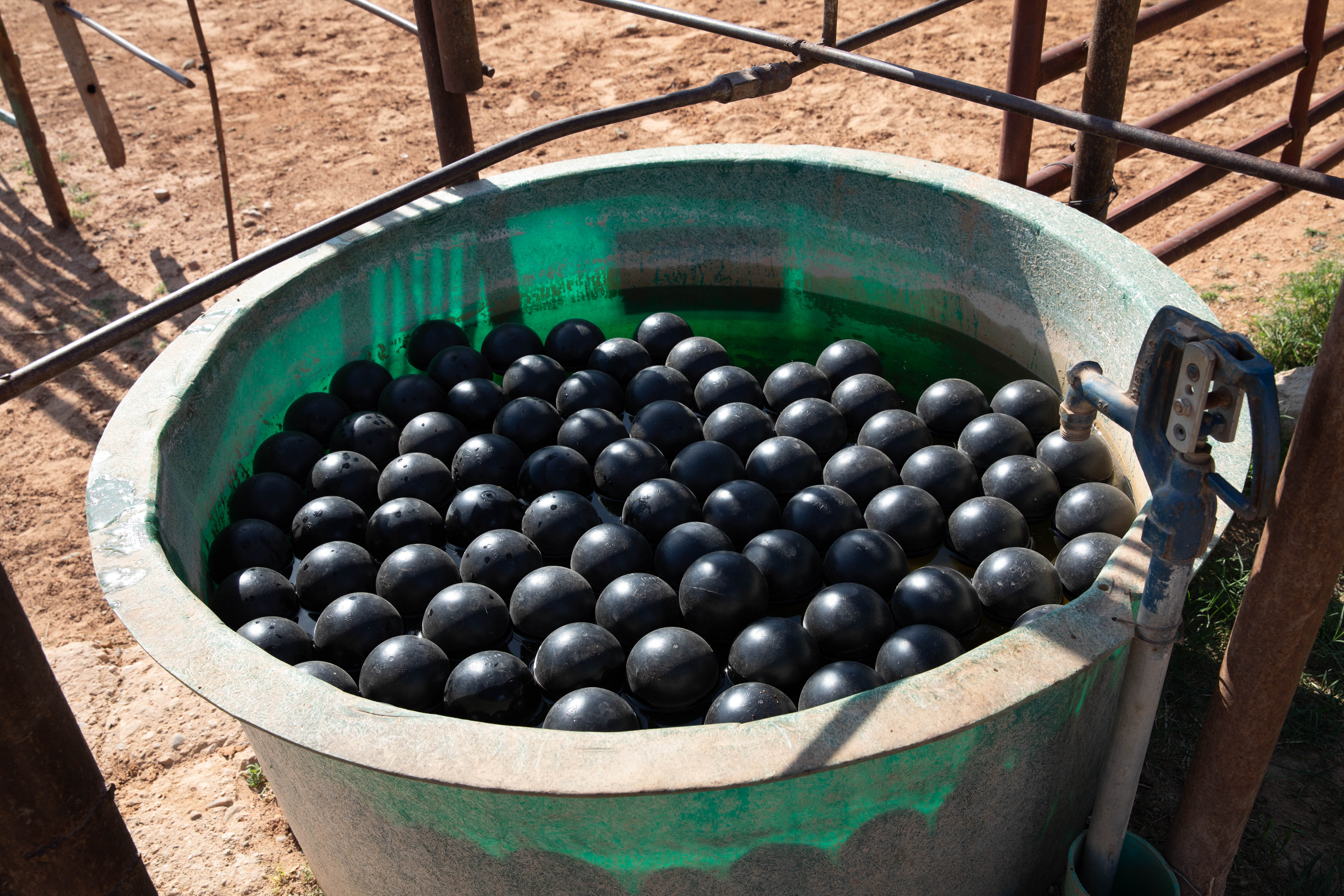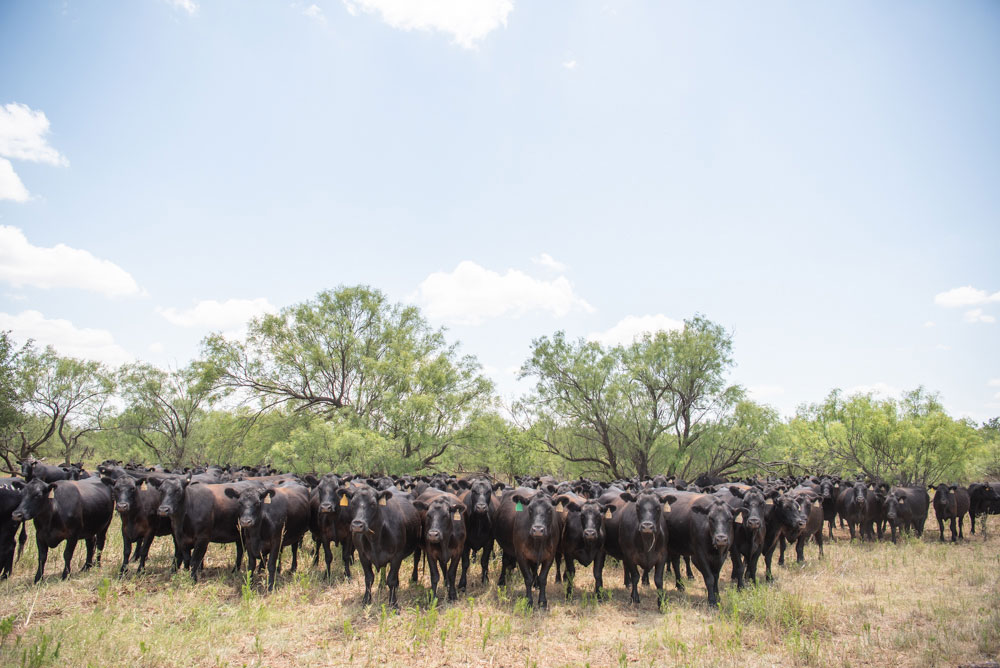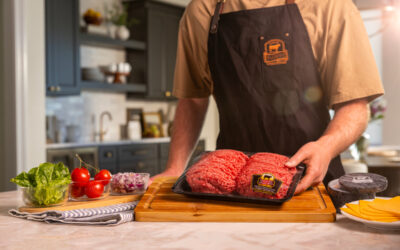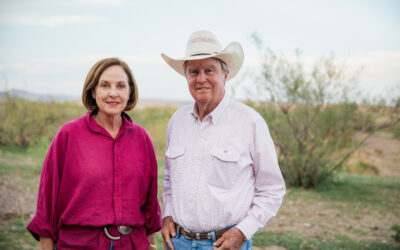
The cost of doing the right thing
by Nicole Lane Erceg
They reminded me of the ball pits I’d play in as a kid at McDonalds. Except these were black, and floating in a water trough. Designed to reduce water evaporation, the polyurethane spheres didn’t come cheap.
These ranchers took a leap of faith and purchased enough of them to cover a large stock tank, without knowing if it will pay off. The few leftover floaters bob around the horse water trough.

When you live in the Panhandle of Texas where water is more precious than diamonds, anything that can preserve a drop seems worth the gamble.
Every other day it feels like there’s a new “Ag Tech” solution, offering ways to track data, improve environmental footprints and automate traditional methods. When is it a good choice to skip a passing phase or invest in what may be the way of the future?
We can’t bet the farm on technological updates, but we can invest in doing the right thing, in technology that tracks and proves we are doing the right thing. It may not pay off in premiums today, but maybe in terms of securing a successful beef business for tomorrow.
The measure of risk investment can’t solely rely on whether it will provide an immediate return.
Does it provide value — not necessarily in dollars and cents, but in the trust bank with consumers? Where can this data-driven future help us prove best stockmanship practices, environmental preservation and responsible use of animal health products?
These aren’t things for which the average consumer today is willing to pay more. There are simply expectations of cattle handling, traceability and environmental stewardship when they approach the meat case. Today’s media headlines are saying most meat does not meet those expectations.

Natural resources aren’t something to gamble with, but neither is consumer trust. Not every technological investment can come at the cost to the end-user or next person in the beef value chain. Sometimes we need to do the right thing, just because it’s the right thing and has inherent value.
When cattlemen first started investing in carcass genetics, the market didn’t have a premium for higher grading cattle. In fact, the industry was headed toward a leaner product. Leaders invested anyway and decades later grid marketing is a powerful tool, premium spreads have maintained and a higher quality earns extra dollars, though none were sure it would at the start.
These Texas ranchers don’t know if the investment will pay off in water savings. There’s a chance their trial might pay for itself and there’s a chance it’s money down the drain.
Either way, they are ready to foot the bill when it comes to doing the right thing for the ranch and the consumer.
Next time in Black Ink®, Miranda Reiman will look at lessons for the next generation. Questions? E-mail nerceg@certfiedangusbeef.com.
you may also like
Healthier Soils and Stronger Herds
Effective land stewardship requires an understanding of how each decision affects forage growth, cattle performance and long-term stocking rates. When land is the foundation of the business, producers are more likely to invest time and resources into managing it intentionally.
Success, Despite Challenges
Today’s market is complex and competitive. The collective effort of stakeholders across the supply chain positions Certified Angus Beef to meet the record demand for premium beef moving forward. Signals across the beef industry are clear and Angus farmers and ranchers seeking high-quality genetics that deliver premium beef are producing a product in high demand.
Means Ranch Company Earns Certified Angus Beef Sustainability Award
Four generations of the Means family built a legacy through sustainable grazing, water conservation and careful selection of Angus genetics for their south Texas environment. Their stewardship earned the 2025 CAB Sustainability Award.



